Are you an adventurous diver who’s looking for a thrilling way to explore the ocean? Try drift diving! Instead of swimming against the current, in drift diving, you let the ocean currents carry you along as you explore the underwater world. Though swimming along the current may sound daunting, it’s actually super easy and fun if you know how to do it right.
To enjoy it safely, you’re going to need the right skills, gear, and knowledge of prime locations. In this article, we’ve compiled everything you need to know, including drift diving tips and the best destinations!
Why You Should Try Drift Diving
Drift diving is a relaxing yet exciting way to explore the ocean. This is because instead of propelling yourself through the water and exhausting your energy swimming, you simply go with the flow of the current, saving up your oxygen supply.
Going on a drift dive is also a perfect way to spot fish, corals, and experience up-close encounters with various marine life, particularly pelagic species. The strong water currents that are used for drift diving often attract larger sea mammals like sharks, dolphins, and whales.
Best Places for Drift Diving
Here are five of the best drift diving locations around the world that you can visit to experience thrilling currents, stunning marine life, and unforgettable underwater adventures:
1. Ulong Channel, Palau
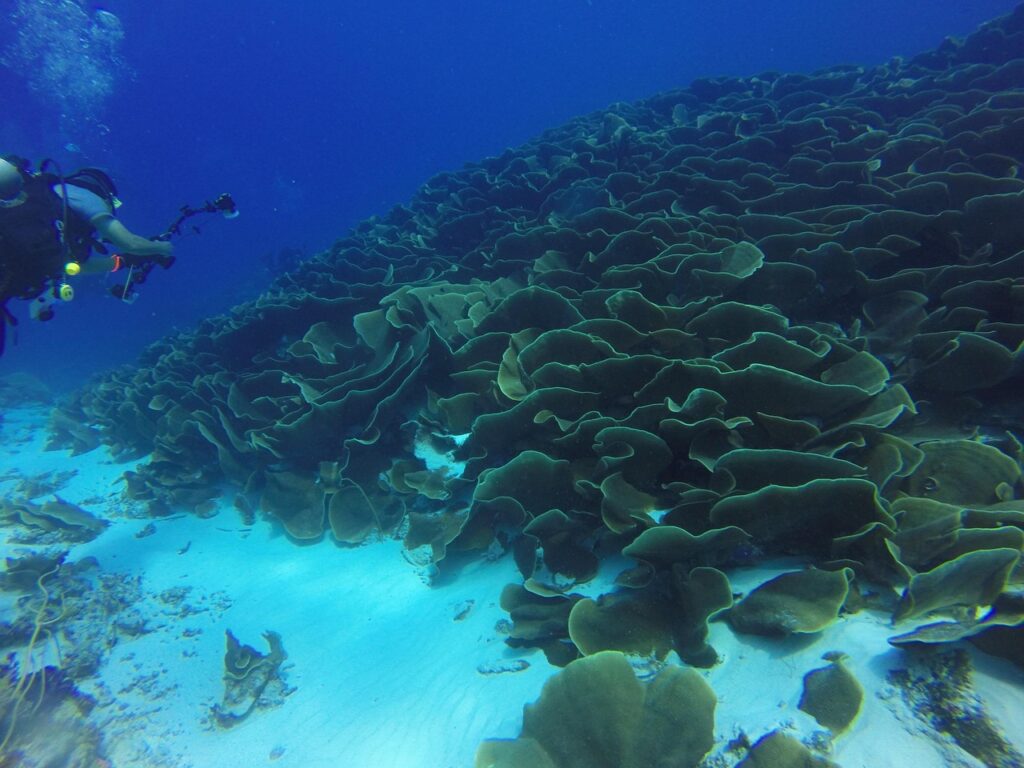
Ulong Channel has been widely regarded as one of the most incredible drift diving destinations in the world. It is known for its strong currents that carry divers through a vibrant underwater corridor teeming with life, including one of the largest known patches of green lettuce coral. Grey reef sharks, snappers, and titan triggerfish thrive here, and if you come at the right time, you can see the groupers’ spawning event.
2. Molokini Crater, Maui, Hawaii
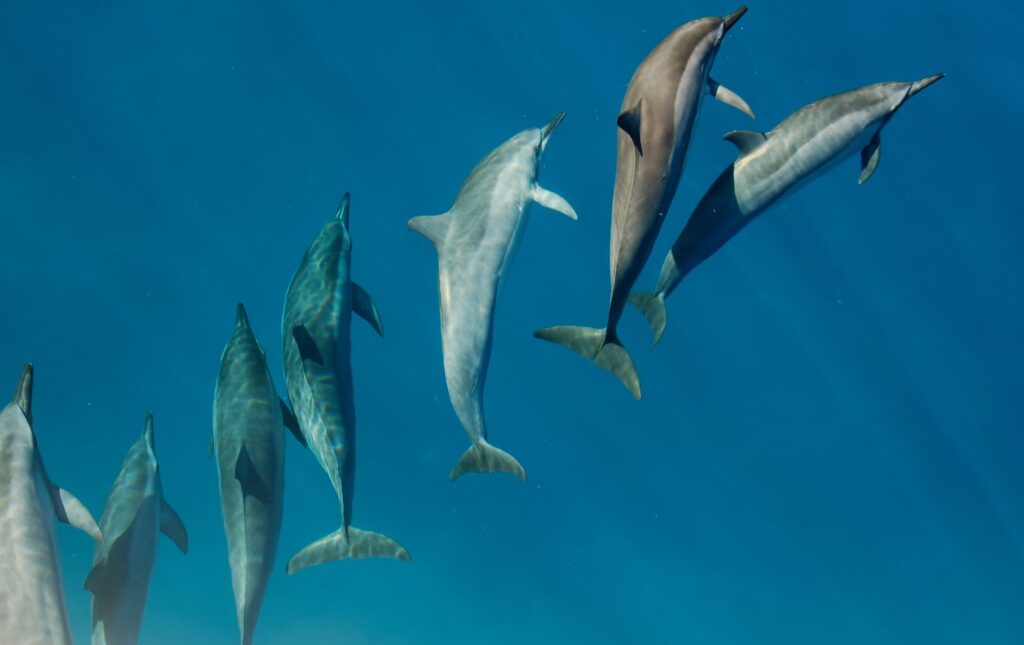
The Molokini Island in Maui, Hawaii, is famous for the Molokini Black Wall, where divers can enjoy fantastic drift dives along a steep underwater cliff adorned with vibrant corals. The clear waters are home to all sorts of sea creatures, from schools of tropical fish, spinner dolphins, and manta rays. The dive site is accessible at any time of the year, with warm water temperatures that enhances the diving experience.
3. Makassar Reef, Komodo, Indonesia

If you’re looking for an up-close encounter with manta rays, head to Makassar Reef in Komodo Islands, Indonesia. Also known as Manta Point, this drift diving site offers you plenty of opportunities for manta ray sightings, particularly during the manta season from December to March. Aside from mantas, you can expect to encounter turtles, sharks, eagle rays, giant trevallies, and cuttlefish.
4. Elphinstone Reef, Red Sea, Egypt
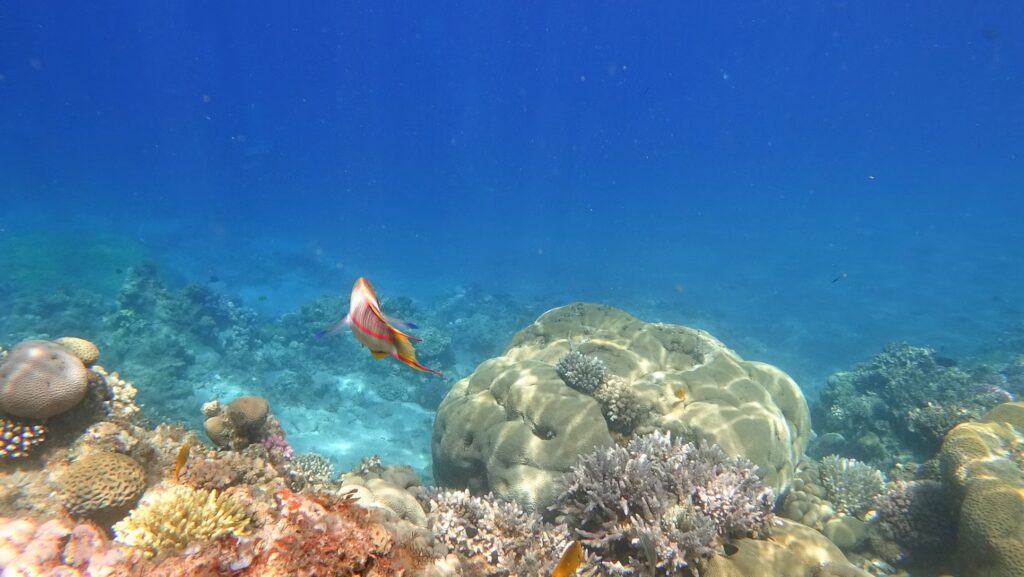
Known as one of the most famous dive sites in the world, the Elphinstone Reef offers exhilarating and unforgettable drift diving experiences along deep, steep walls where corals and marine life thrive. Hammerhead sharks and oceanic whitetip sharks are a highlight here (particularly from October to December), with occasional sightings of manta rays, dolphins, and tiger sharks.
5. Palancar Reef, Cozumel, Mexico
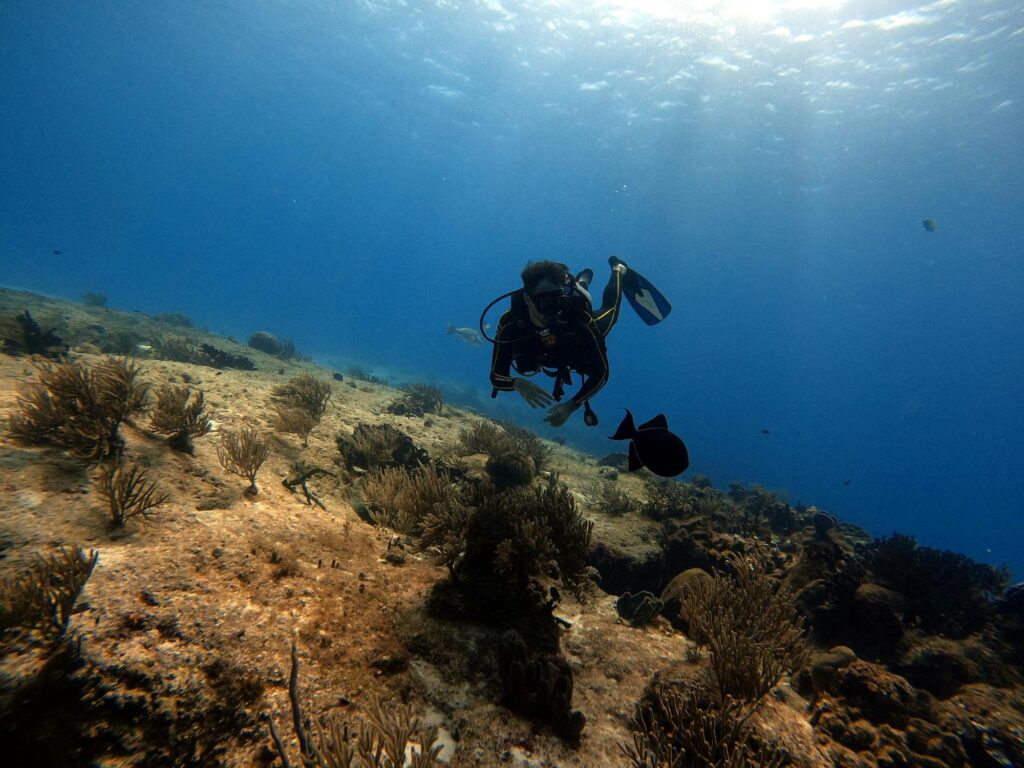
Drift diving in Cozumel is a remarkable experience, particularly around Palancar Reef, which is part of the Mesoamerican Barrier Reef System—the second-largest coral reef system in the world. At Palancar Gardens, one of the most popular sites within the reef, divers can enjoy gentle currents that make for a relaxed drift dive along vibrant coral formations. The area is also known for its fantastic biodiversity, home to creatures like nurse sharks, hawksbill turtles, moray eels, and the endemic Cozumel toadfish.
How do You Prepare for a Safe Drift Dive?
Just like any other type of diving, there are several things you need to know and prepare to ensure a safe and smooth drift diving experience. Here’s how:
1. Drift Courses and Certification

Proper and thorough training in drift diving technique is important before attempting your first drift dive. You might have already mastered basic skills if you already have a general scuba certification (for example, PADI Open Water Diver). However, drift diving requires special techniques such as maintaining buoyancy in currents, using surface signaling devices, and group communication underwater.
Many dive organizations offer drift diver specialty courses (such as PADI’s Drift Diver Certification), which will teach you several important skills, such as:
- How to plan and organize drift dives
- Techniques for staying close to your group
- How to use specialized equipment like surface marker buoys (SMBs)
- Entry and exit procedures in the current
2. Essential Equipment for Drift Diving
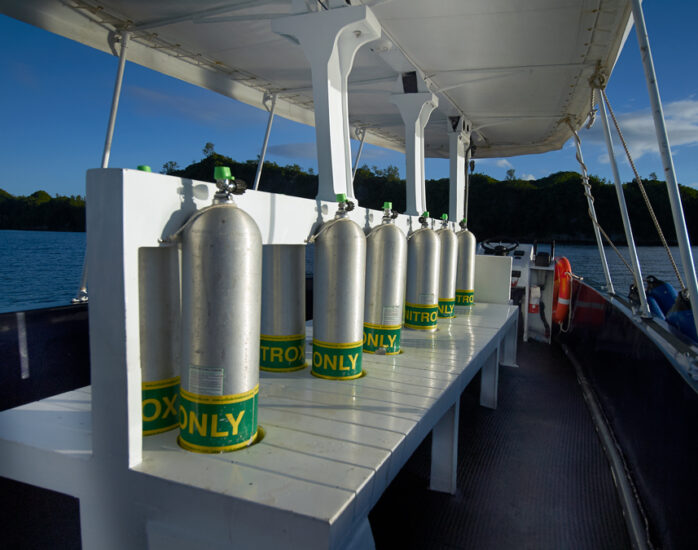
Aside from your usual scuba diving gear, there are several other equipment that you’ll need for drift diving, including:
- Surface Marker Buoy (SMB) or Delayed Surface Marker Buoy (DSMB): A piece of equipment to help boats track your position when you surface. Make sure it’s at least 1,5 m long or more.
- Reel or Spool: Used with your SMB/DSMB for controlled deployment.
- Gloves: Gloves can protect your hands if you need to stabilize yourself on rocks or reefs. However, remember to check local regulations first, as gloves are banned in some marine parks.
- Whistle or other audible signaling device: A tool to help attract attention if you surface far from the boat.
- Dive computer with a compass: Important for monitoring your depth, bottom time, and direction during drift.
- Reef hooks: Essential for anchoring and stabilizing yourself in the current. Remember to hook it to a solid, rocky area instead of corals.
3. Safety Tips to Follow During Drift Dives
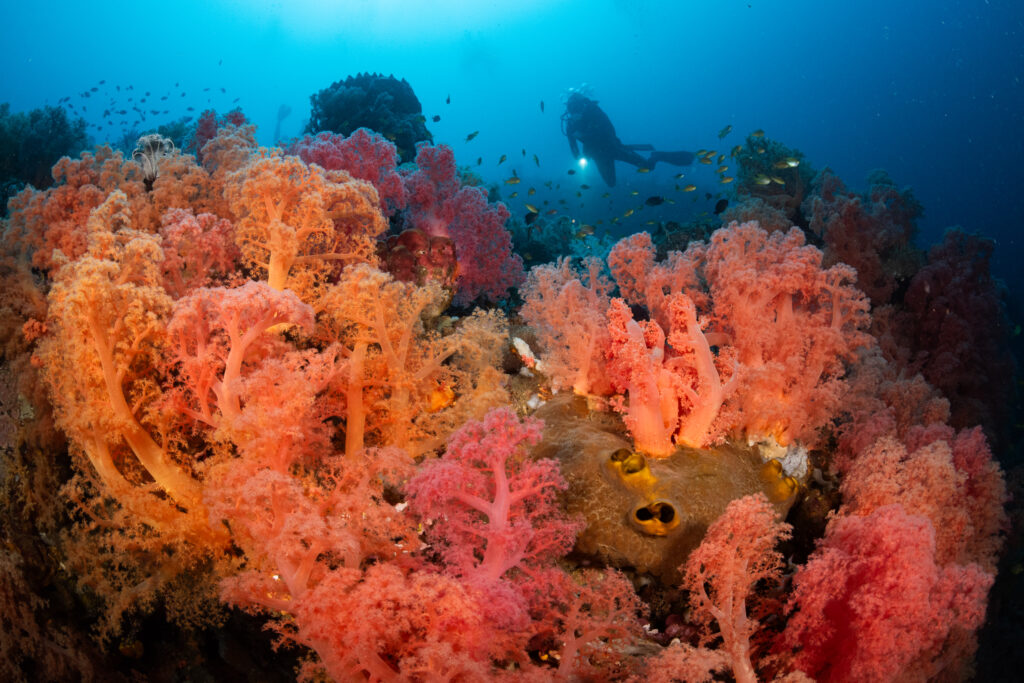
Like any form of diving, drift diving has its own risks. However, with proper preparation and by following recommended safety protocols, drift diving can be a safe and rewarding experience. Here are a few important things to keep in mind:
- Always review your dive condition, entry and exit points, and emergency procedures with your buddy and the dive guide.
- Stay close to your group, as it’s easy to get separated when the current picks up.
- Avoid fighting the current. Instead, maintain good buoyancy to go with the flow.
- Stay alert and look ahead for potential hazards, such as walls, reefs, or boat traffic.
- If you’re going to surface, be sure to do it with your buddy and always deploy your SMB before ascending, so boats can spot you easily.
- Pay attention to your depth gauge to avoid diving deeper than you originally intended. If possible, set your dive computer to drift mode.
- If you need to slow down or wait for your buddy, go lower and stick the bottom near the sea bed.
4. Common Challenges in Drift Diving
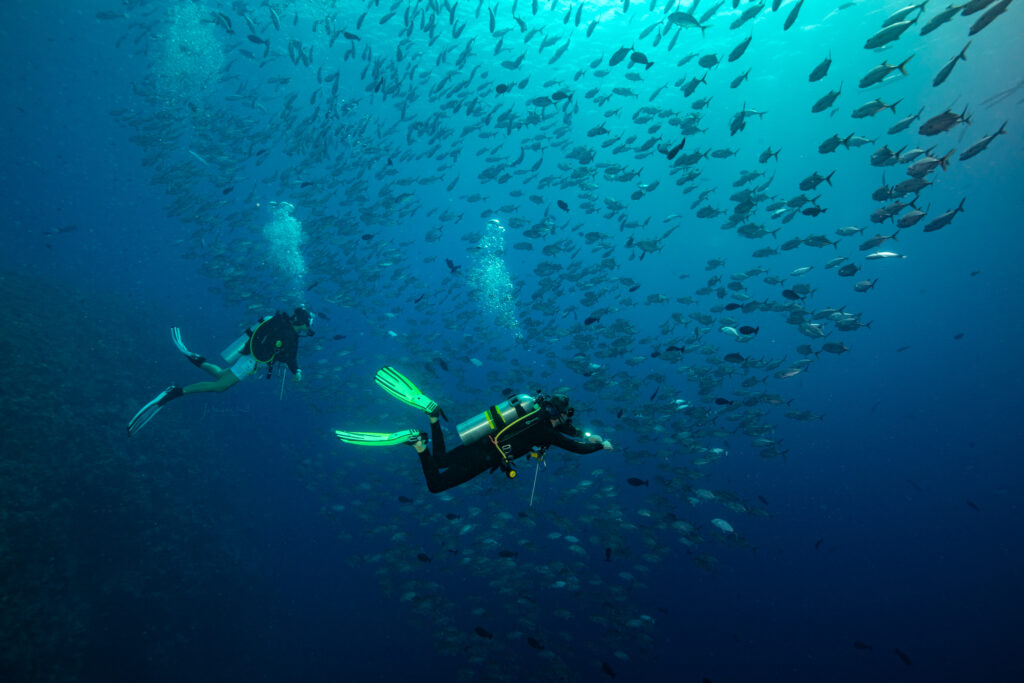
Drift diving has a number of unique challenges that you need to be aware of, such as:
- Unpredictable, changing currents
- Surge and turbulence in shallow areas or near obstacles
- Group separation
- Entry and exit timing
Good practice and preparation, clear communication with your group, and understanding local conditions will help you manage these challenges and enjoy drift dives safely.
Other Forms of Diving to Try
Beyond drift diving, there are various other forms of diving that you can try to explore the vast and endless underwater world. Here are some exciting forms of diving to consider:
- Night diving: Dive during nighttime to see a different side of the underwater world after the sun has set. You’ll get to see creatures that you may not be able to see during the day, or even try fluorescence night diving, where you reveal corals and marine life in bright neon hues using UV light.
- Wreck diving: Explore sunken historical vessels like ships, boats, or airplanes. These wrecks serve as artificial reefs, attracting a wide array of marine species and corals, providing a unique diving experience.
- Wall diving: Descend alongside steep underwater cliffs or vertical drop-offs. These walls are often adorned with vibrant corals and sponges, offering shelters for all sorts of sea creatures, from macro life to large pelagic species!
- Macro/Muck diving: A form of dive that focuses on small creatures, like nudibranchs, pygmy seahorses, and frogfish. Anilao, Lembeh, and Ambon are known as some of the best macro or muck diving sites in the world, and you can spot rare, unique, and colorful species here. Perfect for underwater photographers!
- Cave and cavern diving: Venture into underwater caves to explore their intricate rock formations and hidden chambers. While cave diving offers an exhilarating thrill, it requires specialized training due to its complexity and potential hazards.
Let’s Try Drift Diving with Solitude World’s Liveaboard and Resorts!
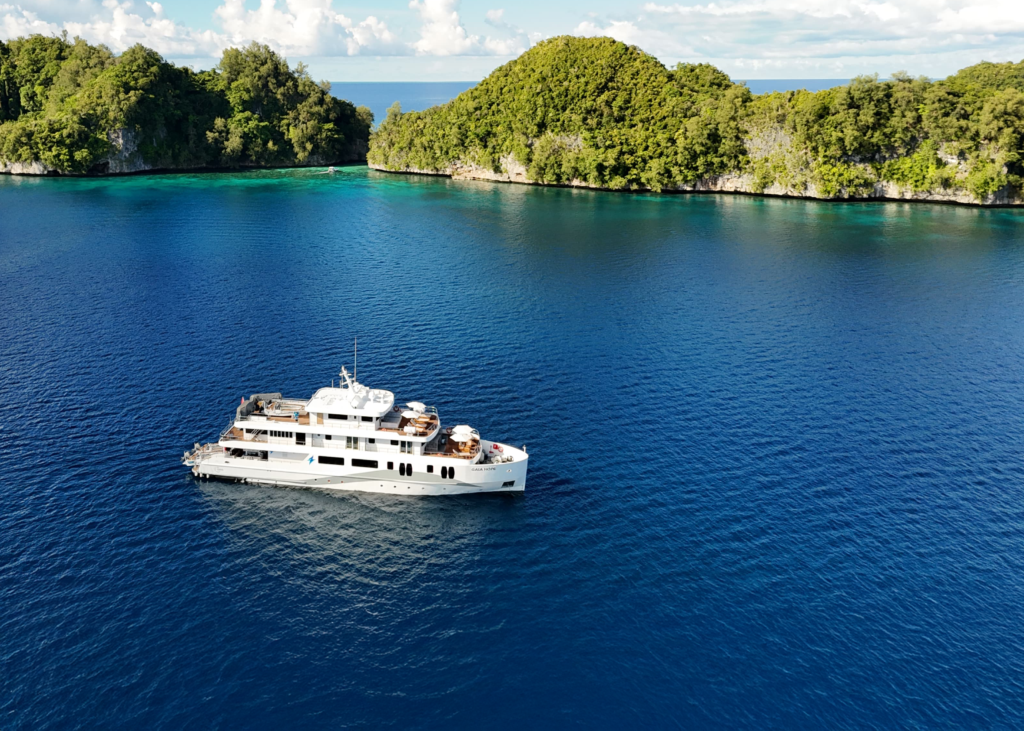
Are you eager to experience the thrill of drift diving? If yes, let’s dive with Solitude World’s Liveaboard and Resorts!
Our liveaboard vessel, Solitude Gaia, will take you on a fantastic diving trip to Palau, where you get to drift dive in Ulong Channel, one of the best drift diving destinations in the world! Aside from Ulong Channel, you can also explore other world-class dive sites in Palau, from German Channel to Blue Corner. We also have experienced PADI-certified dive guides on board to accompany you during your dive and ensure that your underwater excursions are safe, smooth, and enjoyable.
Once you’re done with your adventure, you can return to your cozy, clean cabin aboard the ship and replenish your energy with warm, hearty meals prepared by our expert chefs. With complete amenities onboard, you can have a home away from home throughout your trip.
What are you waiting for? Book your next diving adventure with us here today!